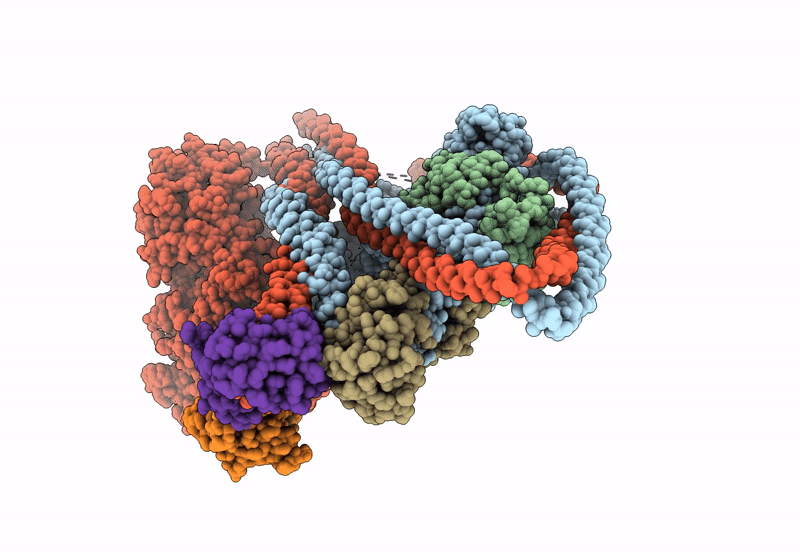
Deposition Date
2020-06-12
Release Date
2020-12-02
Last Version Date
2024-03-06
Method Details:
Experimental Method:
Resolution:
4.30 Å
Aggregation State:
PARTICLE
Reconstruction Method:
SINGLE PARTICLE


